Bunions
This problem refers to a condition involving the joint at the base of the big toe (also referred to as the great toe) whereby the head of the metatarsal bone and the base of the toe protrude, causing potential pressure against the shoe.
The reason for the pain is that the pressure is applied by the shoe to a very small area, making that pressure concentrated on that spot. The situation is like if you had a square peg in a round hole, the pressure would be all at the point of contact.
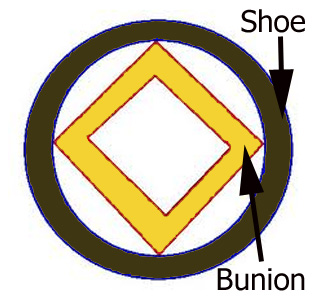
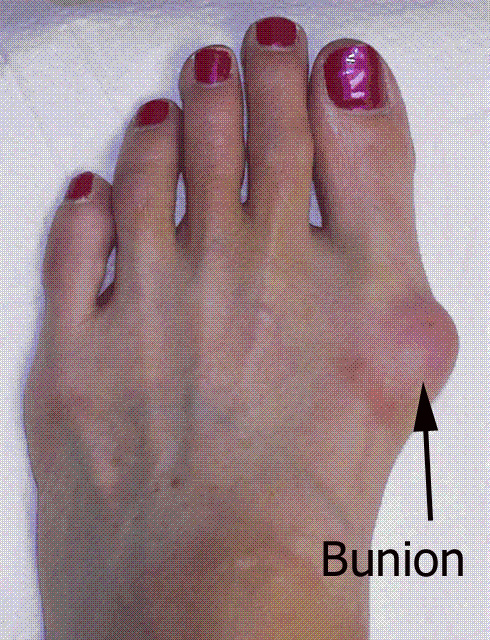
Treatment Options
Basically, the choices for how to handle this problem are to either change the shoe, or change the foot.
With regard to non surgical options, the shoe would need to have some relief at the area of pressure, and even if that relief were given, it still might take several weeks for the inflammation to subside.
For surgery, the treatment involves one of many described operations, most of which involve some type of cutting and displacement of the bones.
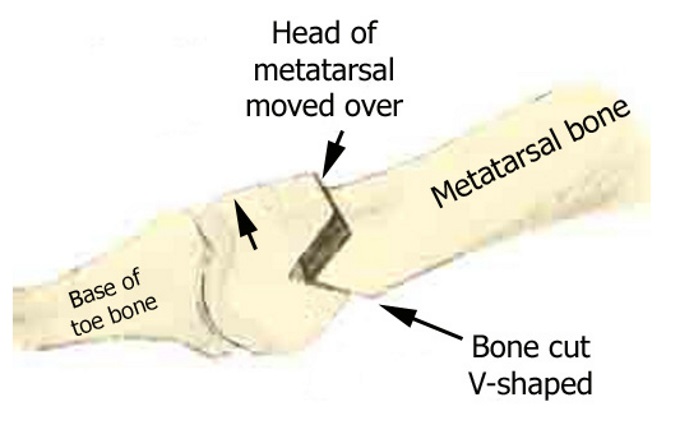
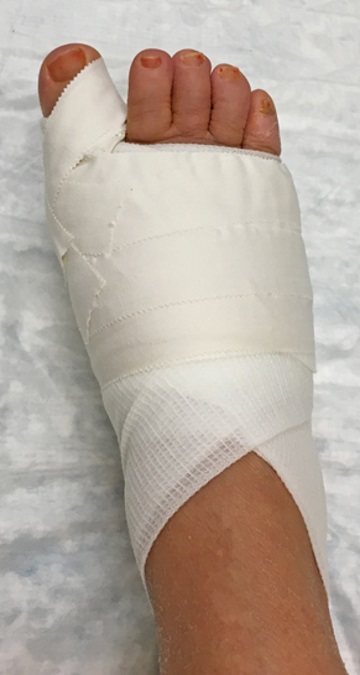
After the surgery, the patient will return weekly for the first four weeks to have a taping applied called “toe strapping” to keep the repaired soft tissues from stretching out.
During this time and until about four weeks after surgery, the shoe worn will be the post op shoe, shown below.
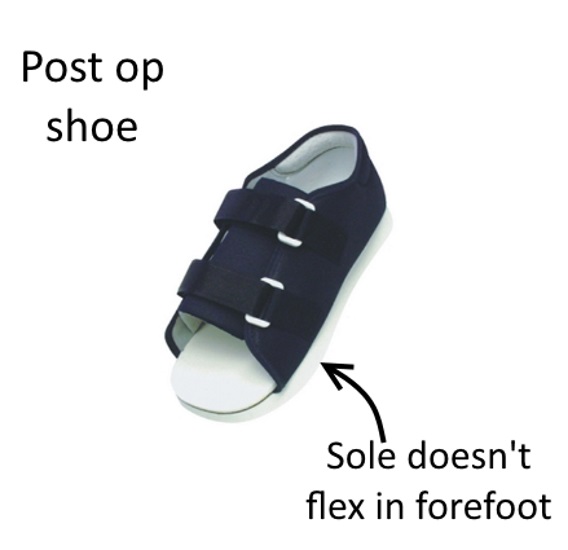
Whether the patient can walk on the foot right away after surgery or has to be on crutches, depends on how severe is the bunion deformity.
For those cases where the bone cut can be made close to the joint as pictured below, the patient can bear weight in their post op shoe as soon as they can without tolerable discomfort.


However, in cases where there is a more severe deformity, more angular deviation between the first and second metatarsals, the bone has to be cut closer to the midfoot, and stabilized with a screw.
If the patient bears weight before the bone is healed for this type of bunion repair, there is significant risk of breaking the bone adjacent to the screw, losing fixation, and having a worse result.
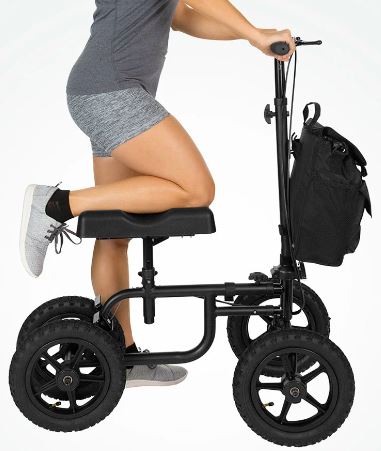
In other words, for these types of more severe cases, the patient would have to avoid bearing weight on the operated foot for six weeks.
Often, patients would use a walker or a knee scooter.
After six weeks, either way, the patient can wear a tennis shoe, and at three months, can usually wear any shoe.
